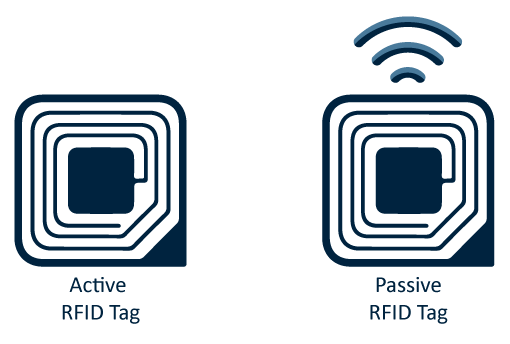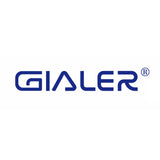Which RFID technology is best for you - active or passive?
Let's look at both options. First, let's examine passive tags. Passive tags do not have their own power source. First, they are less expensive than their active counterparts. Second, because they have no batteries, they last longer than active RFID tags. Third, because passive tags do not have batteries, they tend to be smaller and lighter than active RFID tags.
Active tags have an on-board power source for transmission, usually a battery. The tag uses a battery to power its integrated circuit (IC). They have more memory, which means they can store more data. Second, they have a longer read range than their passive counterparts due to the battery-powered IC. However, as I mentioned above, active tags are more expensive, shorter-lived and bulkier than passive RFID tags.
Assume that passive tags are best for your application.
Choose the correct frequency
In order to choose the best tag for your application, it is important to understand the various frequencies available for passive tags. RFID frequencies are categorized as Low Frequency (LF), High Frequency (HF) and Ultra High Frequency (UHF).
The answer to which frequency to use is the same as to whether to use active or passive RFID: "it depends." It depends on the nature of the application and the product being tracked in this case. For example, low frequency RFID tags (125 – 134 kHz) are commonly used in access control and animal tracking applications. They have a limited read range, but because of their longer wavelengths, radio waves penetrate metal surfaces more easily than other frequencies.
Second, high-frequency RFID tags (13.56 MHz) are suitable for situations where the proximity of one item to another (such as a library book) may be an issue. Another potential application is access control, which is used to track the flow of patients in hospitals, medical clinics, and other healthcare facilities. NFC, or Near Field Communication, is a high-frequency communication, including NDEF declaration, that allows information to be transferred between two devices, enabling contactless payments. These tags have a much shorter read range than their UHF counterparts.
Finally, we must consider UHF or Ultra High Frequency RFID tags. UHF RFID Tags (860-960 MHz) are typically found in more open environments, such as warehouses and manufacturing plants, where speed and efficiency are essential. Due to their longer read range, they are also widely used in electronic toll collection and parking access control.
According to the analysis of this artical, you shall know how to choose the RFID tags.
Active RFID tags & Passive RFID tags
02/03/2023









